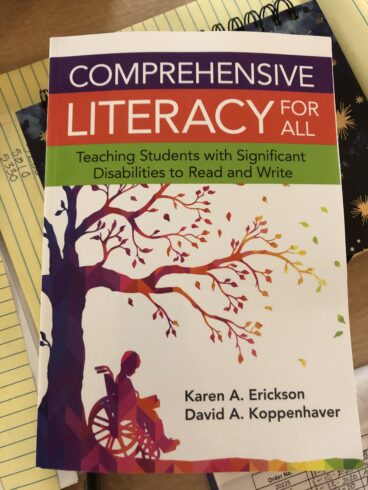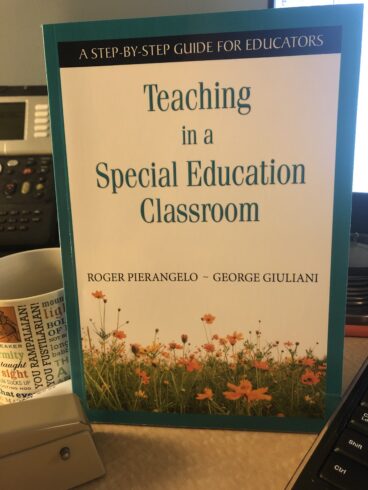With the right instruction and support, all students can learn to read and write. That is the core belief behind this teacher-friendly handbook, a practical guide to providing comprehensive, high-quality literacy instruction to students with significant disabilities.

Drawing on decades of classroom experience, the authors present their innovative model for teaching students to read and write print in grades PreK-12 and beyond.
Readers will discover 10 success factors, teach emergent readers and writers skillfully, help students acquire conventional literacy skills, and organize and deliver comprehensive literacy instruction.
Foundational teaching principles blend with concrete strategies, step-by-step guidance, and specific activities, making this book an indispensable guide that starts with the core understandings and moves all the way to implementation in the classroom. An essential resource for educators, speech-language pathologists, and parents.


